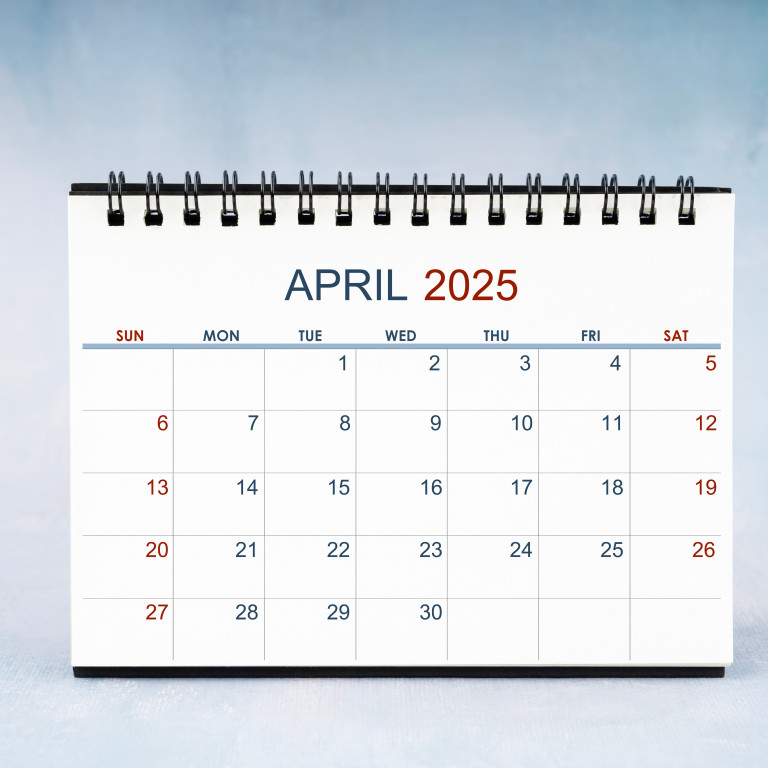Over a year after the case was first heard, the Supreme Court has finally handed down its decision in the much-reported case, involving the problems caused by the Tate Modern’s viewing platform, and its proximity to the glass-fronted residential flats next door. And it makes for interesting reading.
The residential occupants had argued that they were effectively living in a "goldfish bowl". Their possessions were within the gaze of visitors to the gallery's viewing platform, which opened in 2016. This platform was seen as a substantial and intolerable intrusion of their privacy.
The Supreme Court found (on a majority decision) for the residential occupiers and against the Tate Modern. However, the question of what the remedy should be – whether a financial payment to the residential owners would be sufficient, or whether an injunction should be made to physically prevent any further nuisance – has been remitted back to the High Court to decide. After several years, this case still has further to run.
But does this decision represent ‘new law’? Will the decision result in a wave of new nuisance cases coming forward? To give a typical lawyer answer, possibly, possibly not. At 97 pages long, the judgment is detailed. This is a good indication of the complexity of issues nuisance cases can involve and is particularly true in the modern day, when more and more development taking place.
The decision confirms that the bar to succeed in such cases is still high; whether or not a nuisance has been caused is an objective test, and that infringement has to be substantial.
The court determined that the extreme circumstances of this case could be seen as an actionable nuisance, as the visitors to the gallery caused a level of disruption that could be compared to living in a zoo for the occupants of the residential flats. It was that ”duration and intensity” of the problem caused by the viewing platform here that was very clearly a significant factor in the decision.
In short, whilst similar circumstances may well exist, particularly in other urban areas, the legal test to be met is high. It is certainly not the case that every person who finds themselves being overlooked in their homes will now be able to bring a claim. Whilst not perhaps opening the much-fabled ‘floodgates’ the case does perhaps open the door to similar cases coming forward.
How can Tozers help?
For further help or information about anything mentioned in this article, or to talk to one of our dedicated team, please contact us.






